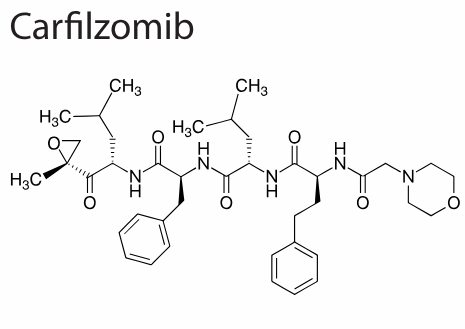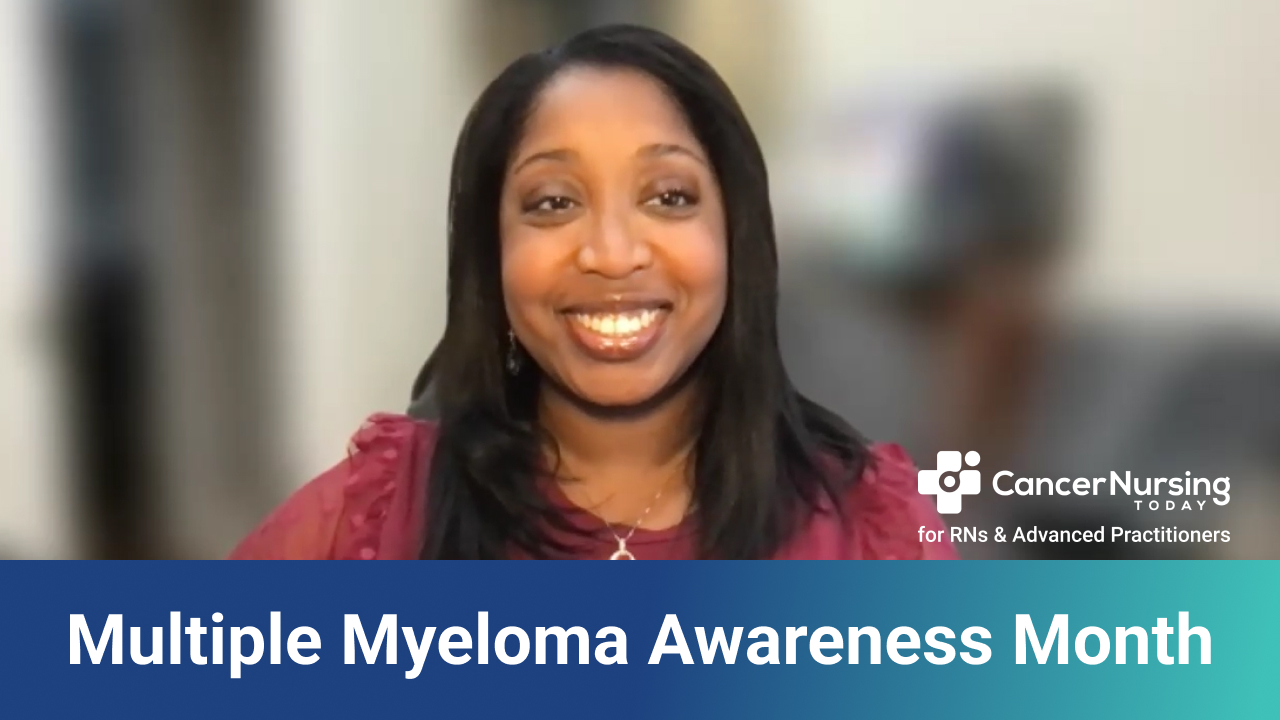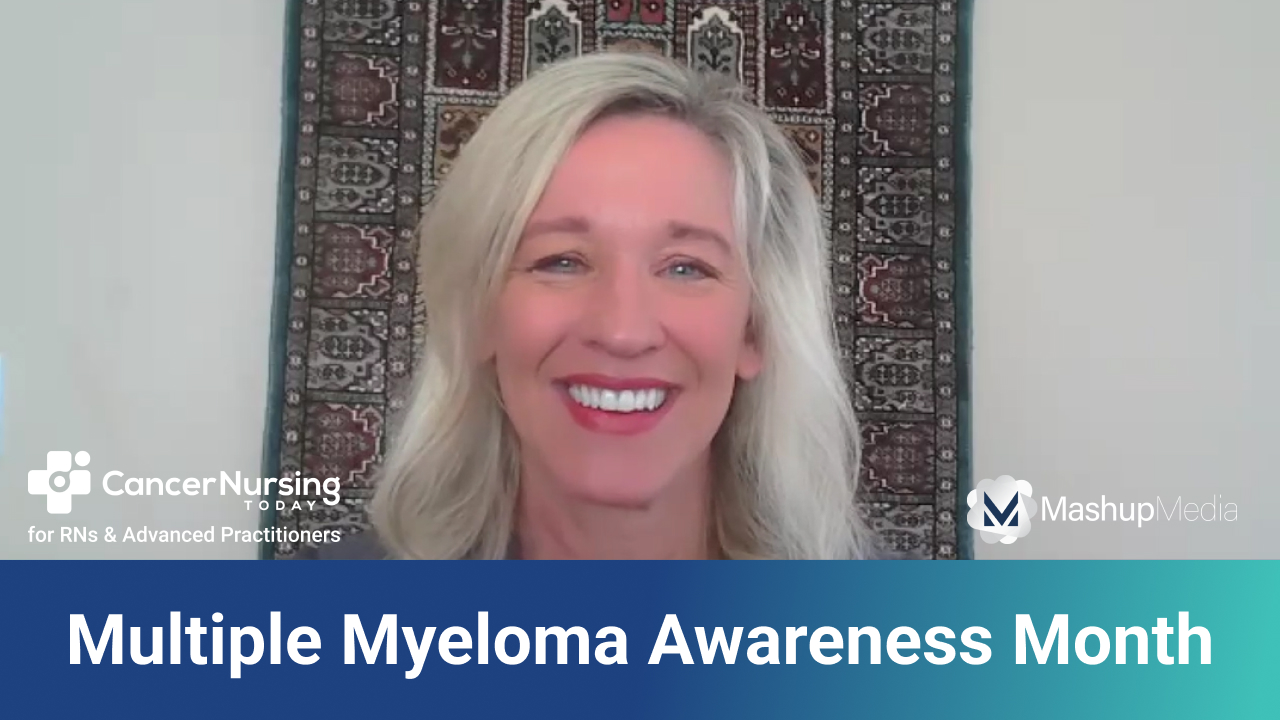
Progression-free survival (PFS) improved in patients with newly diagnosed multiple myeloma (NDMM) when treated with carfilzomib, lenalidomide, and dexamethasone (KRd) versus bortezomib, lenalidomide, and dexamethasone (VRd), according to a recent study published in Blood Cancer Journal.
Multiple myeloma (MM) is a cancer of the plasma cells in bone marrow. The disease is incurable, but therapeutic advances, such as proteasome inhibitors and immunomodulatory drugs, have improved the median overall survival (OS) to more than a decade from diagnosis for certain subgroups of patients.
The standard treatment (VRd) has been demonstrated to have an acceptable safety profile, but prolonged use of bortezomib has led to peripheral neuropathy for many patients regardless of formulation or dosing schedule. This condition necessitates discontinuing the drug.
Carfilzomib has been used in place of bortezomib along with lenalidomide and dexamethasone (KRd) in several studies with favorable results. However, per the authors of this study, those prior studies have not included patients with “high-risk cytogenetics and those intended for immediate transplant.”
To determine whether KRd is superior to VRd in the treatment of high-risk patients with NDMM, Carolyn Rose Tan, MD, and her coauthors at Memorial Sloane Kettering Cancer Center, New York, NY, retrospectively reviewed the records of 389 patients with NDMM (n=198 VRd, 191 KRD). The study’s primary endpoint was PFS.
Tan et al report that the overall “5-year PFS was 56% (95%CI, 48–64%) for VRd and 67% (60–75%) for KRd (P = 0.027).” The PFS was better in both groups for standard risk patients but still superior in the KRd group at 75% versus 68% for the VRd group. For the patients defined as high-risk, the authors reported the median PFS at 41 months for VRd and 70.9 months for KRd.
The authors also looked at event-free survival (EFS) and OS in both treatment groups. While EFS, defined as the time from the start of therapy to either death, disease progression, or therapy change, was only 34% in the VRd group, it reached 52% in the KRd group. Patients in the standard-risk group had a 5-year OS of 87% with VRd and 93% with KRd. High-risk patients had a significantly better 5-year OS with KRD at 88% versus only 58% (P=.044) in the VRd group.
The results of this study led the authors to conclude that “Overall, KRd resulted in improved PFS and EFS with a trend toward improved OS compared to VRd with associations primarily driven by improvements in outcome for high-risk patients.”
Note: While funding was provided by the NIH/NCI Cancer Center Support Grant (P30 CA008748), some of the authors of the study disclosed relationships with AMGEN, makers of Kyprolis (carfilzomib). See reference link for conflict of interest disclosures.







 © 2025 Mashup Media, LLC, a Formedics Property. All Rights Reserved.
© 2025 Mashup Media, LLC, a Formedics Property. All Rights Reserved.